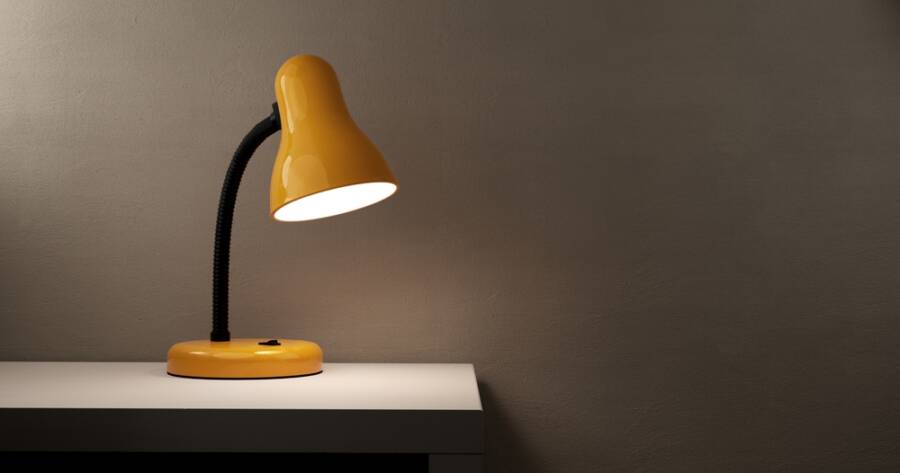Minimalism, a lifestyle emphasizing simplicity and intentionality, has gained significant traction in recent years. Rooted in the belief that less is more, minimalism encourages individuals to focus on what truly adds value to their lives. In the context of home design, this philosophy manifests as a chic, uncluttered aesthetic that promotes calmness and clarity. By embracing minimalism, homeowners may find themselves cultivating spaces that not only look sophisticated but also feel genuinely comfortable and inviting.
Understanding the Essence of Minimalism
At its core, minimalism is about prioritizing the essentials. This doesn’t necessarily mean living with bare walls and sparse furniture, but rather curating your space to include only what is meaningful to you.
By thoughtfully selecting what to keep and what to let go, it’s possible to create an environment that reflects your personal style while maintaining a sense of order and tranquility.
The Importance of Purposeful Décor
Choosing décor with intention can transform a space from chaotic to serene. Each piece should serve a purpose, whether functional, aesthetic, or sentimental.
Focusing on quality over quantity allows for a more harmonious living area where every item has its designated place. Opt for neutral tones and natural materials, which tend to foster a calming atmosphere and can complement a wide range of personal styles.
Strategies for Achieving Simplicity
Achieving a minimalist home involves a few strategic steps. Begin by assessing each room, identifying items that contribute positively to the environment, and considering how they fit within the minimalist ethos.
Decluttering with Mindfulness
One effective method is the practice of mindful decluttering. This involves thoughtfully evaluating possessions and considering their value and frequency of use. It’s a process that may be guided by asking whether each item sparks joy or serves a necessary function. Starting with small, manageable areas can make the task less overwhelming and more sustainable in the long run.
Functional Furniture Choices
Furniture in a minimalist home should be chosen for both its aesthetic and practicality. Opting for pieces that offer multiple uses, such as a bed with storage drawers or a stylish ottoman that doubles as seating, can help optimize space without sacrificing style. Clean lines and understated designs are typically favored, as they contribute to an uncluttered appearance.
Creating a Calm Atmosphere
A truly minimalist home extends beyond physical possessions; it embodies an overall ambiance of peace and simplicity.
Embracing Neutral Color Palettes
Color choices play a pivotal role in achieving minimalist chic. Neutral palettes—think whites, grays, and beiges—create a versatile backdrop that enhances the sense of lightness and space. These colors not only make rooms appear larger and more open but also provide a canvas for personal touches through textiles and artwork.
The Role of Lighting
Natural lighting can significantly impact the minimalist feel of a home. Large windows, sheer curtains, and strategically placed mirrors can amplify natural light and make a space feel more inviting. For artificial lighting, consider fixtures that offer a warm glow; adjustable options can help to create different moods within the same room, adding to the overall ambiance.
Sustainability and Minimalism
Minimalism often aligns with sustainable living principles, advocating for mindful consumption and waste reduction.
Choosing Eco-Friendly Materials
Incorporating sustainable materials into your home is a mindful way to adhere to minimalism. Bamboo, recycled wood, and organic textiles not only support ecological balance but also lend a natural elegance to interiors. Choosing such materials may also contribute to enhancing air quality and reducing environmental impact.
Supporting Local Artisans
Minimalism can also lead to supporting local and independent artisans. By investing in handcrafted items, homeowners can acquire unique pieces that contribute to a simple yet stylish aesthetic. These purchases often come with the added benefit of knowing you’re endorsing sustainable, ethical practices within your community.
Personalizing Your Space
While minimalism emphasizes the reduction of excess, it also allows for personal expression.
Finding the Balance Between Minimalism and Personality
Given its flexible nature, minimalism can be personalized to reflect individual tastes and stories. Incorporate personal mementos and art that resonate with your journey.
Even within the clean lines and neutral palettes, there is room for color and creativity through carefully chosen accessories or a singular bold element that highlights your personality.
Learn More Today!
Embracing minimalist principles in home design is not about deprivation, but about creating a nurturing environment that promotes peace and productivity. By intentionally selecting meaningful items and fostering a serene atmosphere, homeowners may find a renewed sense of clarity and satisfaction.
Ultimately, crafting a minimalist space is a highly individual journey, one that emphasizes quality, harmony, and intention. As minimalism evolves, it continues to offer a pathway to living with greater purpose and joy.

